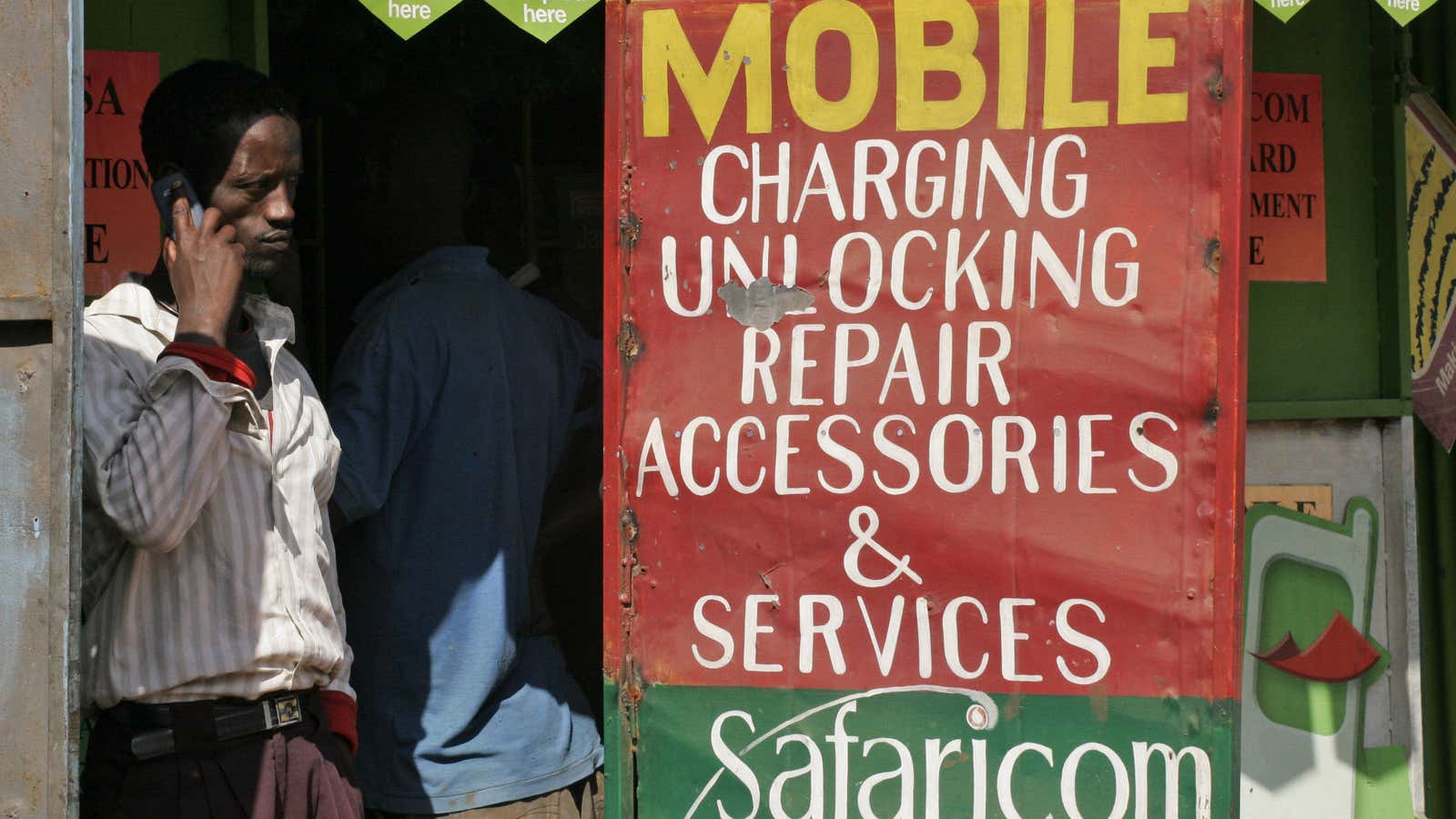Mobile money has an estimated potential worldwide revenue of $1 trillion within the next three years, and has become the “it” technology of the moment. The ability to send and receive money through cell phones simplifies the transaction process and offers customers both mobility and flexibility in managing their money. The most notable mobile money platform in the developing world, Kenya’s M-PESA, had 17 million subscribers as of December 2011, and other countries throughout the developed and developing world are quickly jumping on the bandwagon. According to a recent report by GSMA on sub-Saharan Africa, the growth of mobile money has resulted in $32 billion added to the region’s economy, with about 3.5 million full-time workers on mobile industry payrolls. And it’s not just Africa. Just three years after its start, Pakistan’s Easypaisa has seen transactions totaling $1.9 billion. The country’s two leading mobile network operators together amassed a whopping 32 million transactions totaling over $1.4 billion between July and September of this year. Further, according to the head of MTN Mobile Money in Ghana, Eli Hinni, MTN hosts an average of 1.5 million transactions worth over $26 million per month.
Mobiles also have been hailed as a key tool to combat global poverty. Recent data from the World Bank indicates that of the 6 billion mobile phone subscribers worldwide, 5 billion are in the developing world. Because mobile phones have become ubiquitous in even some of the most remote regions of the world, they are now being used to improve public health, provide education, and spur micro-enterprises in developing countries. In many cases, mobile money can offer people who would otherwise be excluded from access to banking services a safe place to store their funds and a secure way to transact with others.
Despite all of this appeal, there still exists a huge untapped opportunity to use mobile money when it comes to giving aid. Governments the world over have begun to reshape the way they provide aid to their most vulnerable citizens: rather than providing food, fuel or other in-kind support, many governments are opting to give cash directly to the poor. This in itself is a remarkable change in policy that has proven to have a significant impact on the wellbeing of those at the bottom of the pyramid. Even more interesting is the growing trend toward providing these payments to the poor electronically. Electronic payments, e-payments, have been shown to reduce corruption and leakages, meaning that there is less waste for governments and more money makes it to those who need it. While there are many different technologies that allow for the electronic transfer of money, mobile money platforms can and should be the clear winner in many of these countries. Unfortunately, mobile network operators have yet to take advantage of this key opportunity to leverage government-to-person (G2P) payments to the poor, and therefore are missing out on millions of dollars in potential profits.
A new report conducted by the New America Foundation found that out of 83 social protection programs in the developing world, just two use mobile technology to provide payments to the ultra poor. Almost half of these programs still pay beneficiaries in hard cash, which is ripe with problems that mobile money could eliminate. Instead of having governments transport untraceable cash to rural areas, switching to mobile payments would offer a much more efficient and cost-effective way to reach the poor.
So why aren’t mobile network operators (MNOs) lining up at the door of finance ministries and bidding on contracts to supply G2P programs with a mobile payment service? They have been hesitant to get involved in social protection programs, most likely because they assume clients on welfare are simply put, just not profitable.
In Kenya, mobile money deposits, largely from M-PESA, have reached $8 billion in 2012, equal to almost half of the government’s budget. According to researchers at Georgetown and MIT, adoption of the mobile money service among the poorest quartile has increased from 20% in 2008 to 72% in 2011. Clearly there is a business case for going down market, indicating that partnerships with social protection programs have the potential to turn a profit while serving the ultra poor.
MNOs should also consider the research behind financial services for the poor. Even with less than $2 a day, the poor do budget, save, invest and transact. Through social protection programs, governments are already providing a guaranteed income stream to low-income populations and empowering them to make their own decisions on how to use their money. Often those decisions include payment and remittance services, which are key to telecom revenues. If MNOs are already providing welfare recipients with a SIM card and mobile money service, they are well-poised to reap the benefits from transaction fees as long as fee structures are reasonable and transparent. At the same time, beneficiaries are one step closer to being included in the formal economy and governments can save money due to increased efficiency and reduced corruption.
Of course, mobiles are not a silver bullet and will not solve the problem of systemic poverty in its entirety. Due to infrastructure constraints, political will, and varying contexts, it will not always be the best fit. There are several other e-payment systems, such as formal bank accounts and cash cards that may just as easily fit the bill.
However, mobile money is a technology that provides an innovative way forward for poverty reduction. Following the 2010 earthquake in Haiti, World Vision provided victims with emergency relief funds through Tcho Tcho Mobile. This proved so successful that when the government of Haiti launched its first-ever social protection program in May of this year, it chose to partner with Tcho Tcho Mobile to disburse payments. While this type of partnership is still new, we hope that experimentation in this field will continue to grow into a win-win-win: for governments, mobile network operators, and especially the poor.
